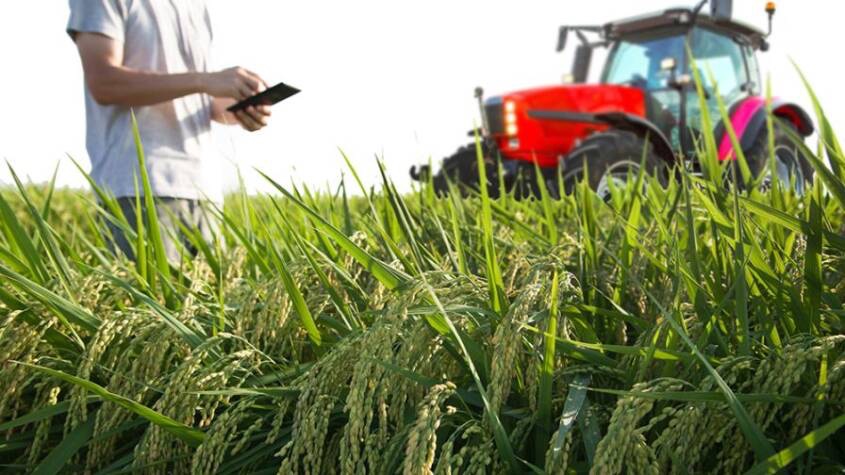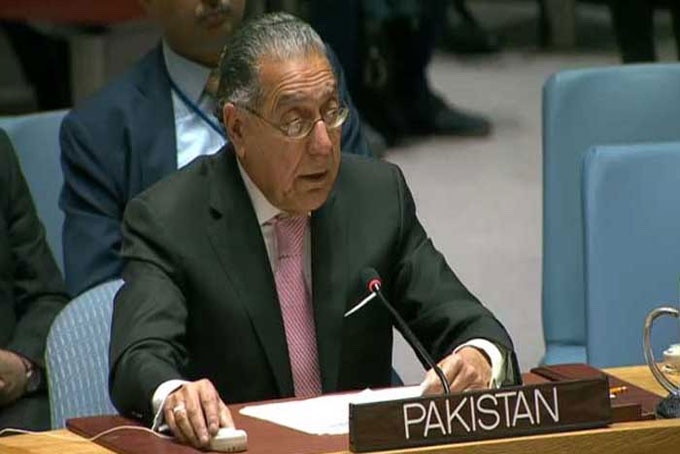Zhao Chunjiang from China’s National Engineering Research Center for Information Technology in Agriculture has said that China is willing to share its experience with information technology integration into the agricultural sector to enable a Green Revolution in the country. Zhao said that this will bring third revolution to Pakistan which will be agricultural digital revolution. He also said highlighted that a remote monitoring command service center has been set up for visible, standard, and digital farming. Through this technique, $230 can be saved per hectare of fields.
BEIJING, Aug 22 (APP):China is willing to share its experience and help integrate information technology and agriculture to being about green revolution in Pakistan.
Facing the common challenge of climate change, pandemic, and population growth, a smarter agriculture is the way forward for many countries including China.
“The integration of information technology and agriculture will bring about the third green revolution: agricultural digital revolution,” said Zhao Chunjiang from China’s National Engineering Research Center for Information Technology in Agriculture. “By 2025, China’s digital agro economy will exceed a USD 100 billion”.
In the past, farmers laboured for hours in the fields. But now farm work can be done with internet systems, said a staff member of the exhibitor, Ningxia Green Pioneer (Lvxianfeng) Agricultural Mechanical Services Company, which has transformed local farming model with drones, precision hole-sowing machine, driverless harvesters and plant protecting devices, remote surveillance equipment, etc. supported by the Internet of Things, cloud technology, big data, etc.
“Spraying at a speed of 4.5 meters a second, each drone can complete what was used to be done by 25-30 workers per day, saving 80% water, 30% cost of plant protection, and 20%-25% pesticides,” company staff introduced to China Economic Net (CEN). “They can be used in rice, wheat, and maize. Take rice as an example, about USD 60 can be saved for each hectare.”
To better take the advantage of the efficient digital equipment that excels on vast stretches of land, the company takes a step further to push forward scale operation by bring the scattered lands together through land trusteeship, transfer, and shareholding.
A remote monitoring command service center has been set up for visible, standard, and digital farming. Soil, seedlings, pests, diseases, and disasters are monitored, early warnings are sent in case of abnormalities, and automatic solutions can be identified. From sowing, cultivating, to harvesting, the crops grow under close and accurate supervision.
“Under this whole-process land trusteeship, USD 230 can be saved per hectare”, revealed the company staff.
“Not all farmers trust in this new model at the beginning, but after getting to know and see what it can achieve, they started to acknowledge its benefits.”
If there is a chance, we are willing to join the Special Economic Zones (SEZs) under CPEC, company staff said.

















